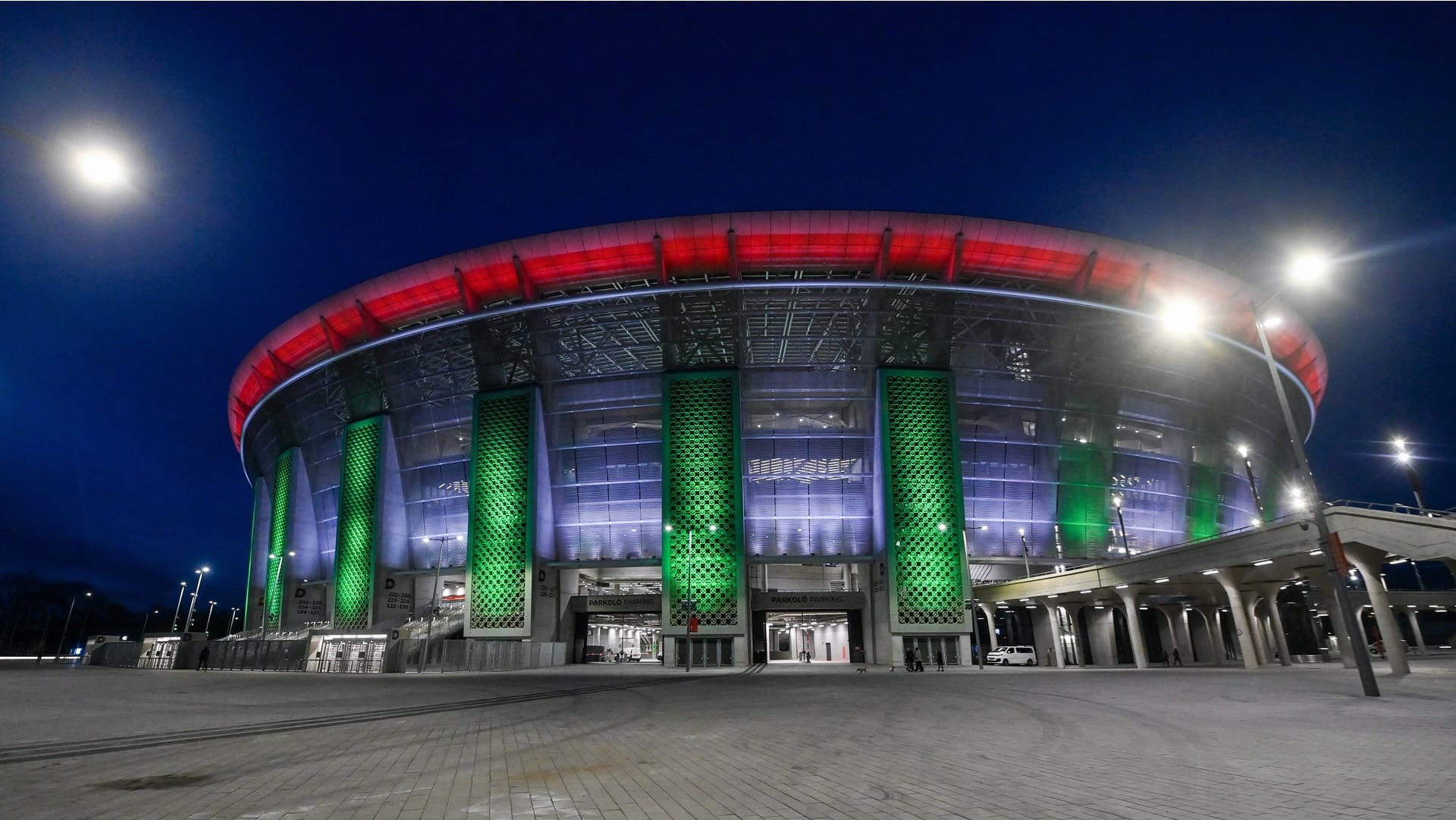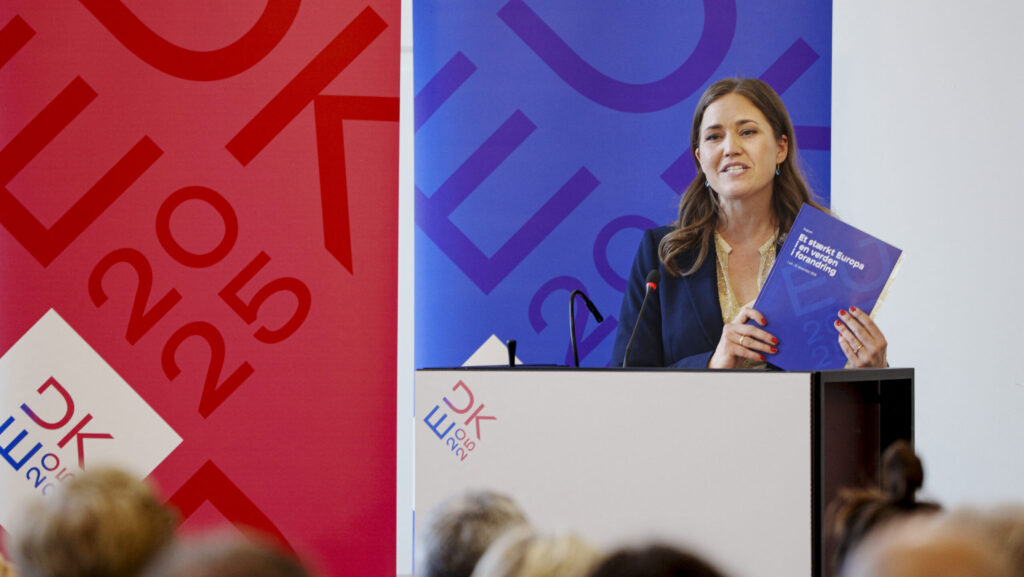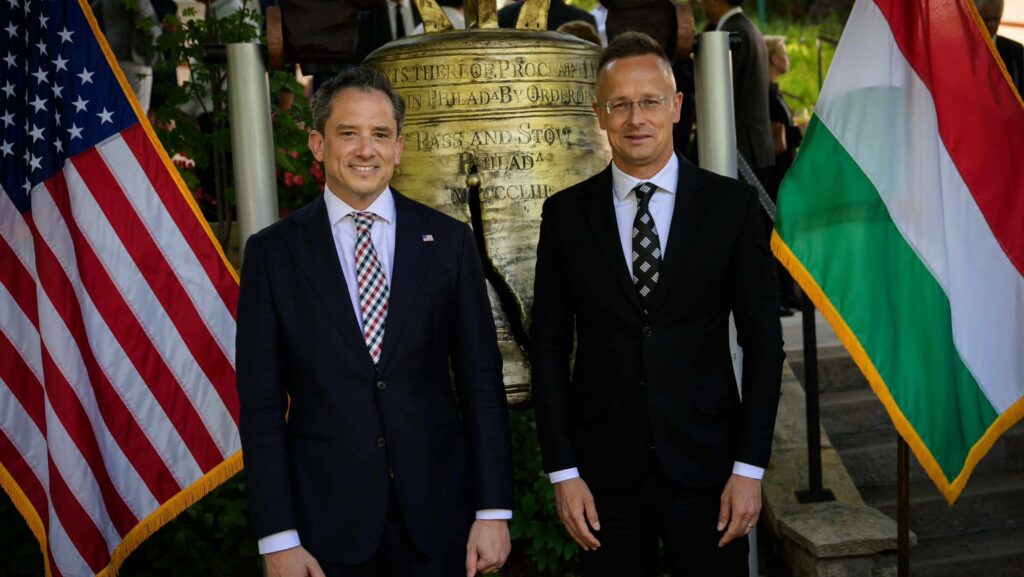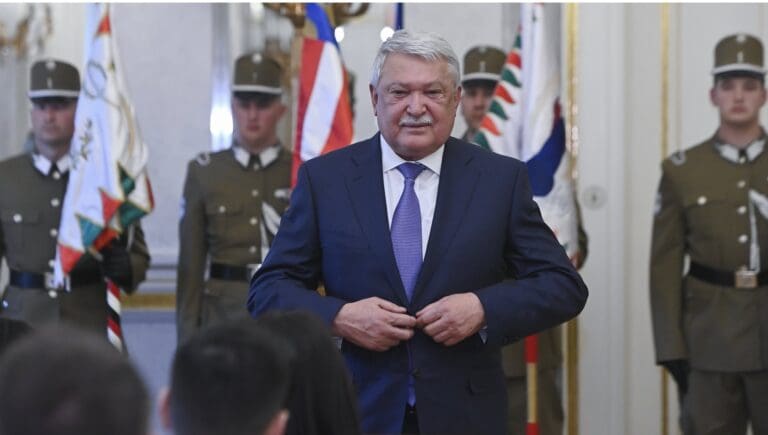Many football fans in Hungary probably still remember the grand opening of the new Puskás Arena. It was an international friendly football match between the Hungarian Men’s National Team and Uruguay on 15 November 2019, which Uruguay ended up winning 2–1.
It was played in front of a packed house of over 60,000 people—something that is increasingly more common in Hungarian football. For the last few qualifying games, one has to get in line quickly and hope to get lucky, as in the short period the ticket applications are open, there are usually almost twice as many ticket requests than actual available seats. This is quite a turnaround from the mid-to-late 2000s and the early 2010s, when the National Team had to play in front of just a few thousand people, even in competitive games.
Magyarország – Uruguay 1-2 | Az első magyar gól az új Puskás Arénában
Segítsd a munkánkat, támogass minket! ► http://lokomotivblog.hu/segits-minket-tamogasd-lokiblogot/ ——————————————————————————– Elérhetőségeink: ► Honlapunk: http://lokomotivblog.hu ► E-mail: info@lokomotivblog.hu ► Facebook: https://www.facebook.com/lokomotivblog/ ► Twitter: https://twitter.com/lokomotivblog ► Instagram: https://www.instagram.com/lokomotivblog/
15 November is a festive date for Hungarian football for another reason as well.
On this date in 2015, Hungary beat Norway 2–1 (this scoreline comes up again, thankfully, in favour of Hungary this time) in the playoff of the 2016 European Championship qualifiers. Given the fact that this was the second leg, and Hungary had won 1–0 in Norway too (with László Kleinheisler scoring the winner on his National Team debut), Hungary managed to make it to a major tournament for the first time in 30 years.
Since then, Hungary have also played at Euro 2020, postponed to 2021 due to the coronavirus pandemic, and is well-positioned to qualify for Euro 2024 in Germany as well, only needing one more point to secure their spot. They are playing Bulgaria tomorrow night, so that point can be grabbed then and there.
From the Népstadion to the Puskás Arena
There are probably a lot fewer people who can recall the first game played in the current Puskás Arena’s ‘predecessor’, the Népstadion (The People’s Stadium).
That football match took place on 20 August 1953, on Hungary’s national holiday commemorating the state’s foundation; and was played between Budapesti Honvéd (led by the legendary Ferenc Puskás, the future namesake of the arena) and the Soviet team Spartak Moscow.
Honvéd ended up winning the game 3–2, in front of a crowd of 80,000 people. Among them were the General Secretary of the Hungarian Working People’s Party, the de facto dictator of the country, Mátyás Rákosi and Avery Brundage, the President of the International Olympic Committee, who was relegated to the press box due to the communist regime’s ideological opposition to his ‘imperialist’ home country, the United States.
The idea of constructing a grandiose national stadium goes all to way back to the Austro-Hungarian Monarhy.
Budapest aspired to become a host city for the newly launched modern Olympic Games from the very start, and the Hungarian Olympic Committee originally picked the square known as Vérmező in the Buda side of Budapest as the location of the grande stadium project in the early 20th century. However, those plans never came to fruition.
Instead, it was the communist regime, that took over Hungary in 1945 after World War II, who brought the national stadium into reality.
The wooden stands collapsing at the Üllő Way Stadium in 1947, during a game between the Hungarian and the Austrian National Teams, also provided a great public push for the cause. Thus, contraction began in 1948, and finished in 1953, as we wrote above.
The arena bore the name Népstadion, given to it by the communist regime, until 2002. Then, it took on the name of the greatest Hungarian footballing legend that has ever lived, Ferenc Puskás. Ironically, Puskás was considered persona non grata by the Party for most of the communist period in Hungary, after his desertion to the West in the wake of the crushed 1956 Hungarian Revolution. The first game played in the stadium under its new name was between Hungary and Spain on 21 August 2002, another friendly, and it ended in a 1–1 tie, a very favourable result for Hungary.
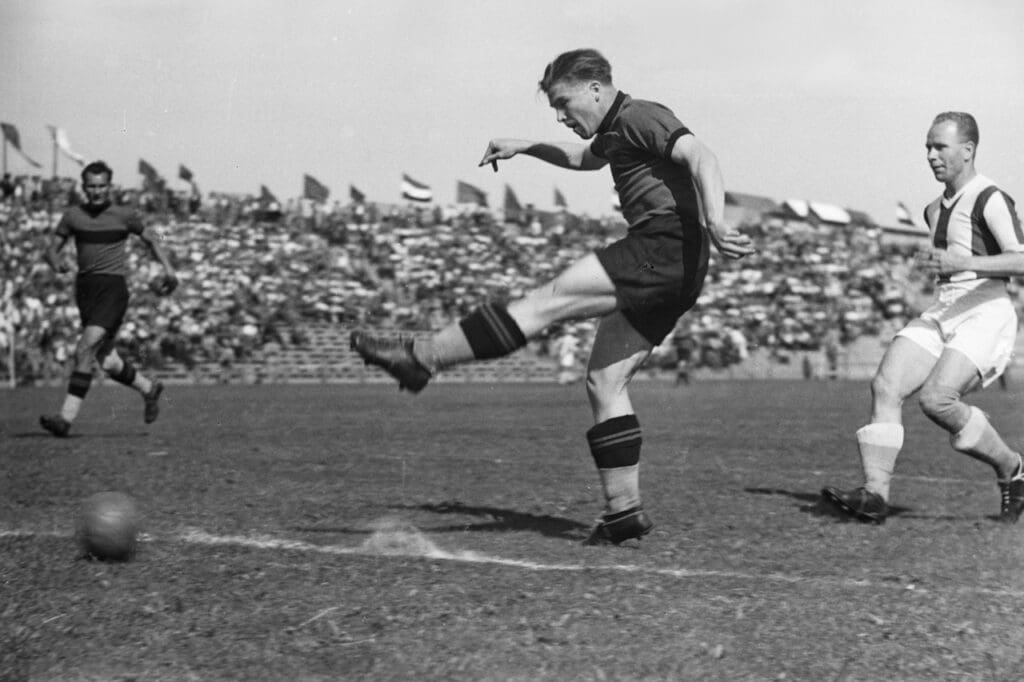
Over time, the general condition of the stadium heavily deteriorated. The Orbán administration, who always put a lot of emphasis and resources into improving football and other sports infrastructure, decided to tear down the old Puskás Stadium: the demolition work started in March 2016.
The brand new, modern Puskás Arena was built in the old one’s location.
It took three and a half years to finish the new venue, and the project’s total cost was around 190 billion HUF.
Since its inauguration four years ago to the day, it has seen many sold-out Hungarian National Team games, and has hosted European Championship games, a UEFA Super Cup final, and a UEFA Europa League final as well. Major international musical acts such as Rammstein and Guns N’ Roses have also performed there. Meanwhile, local pop-hip hop star Azahriah managed to book three sold-out shows in the venue in the spring of 2024 as well.
Related articles:

